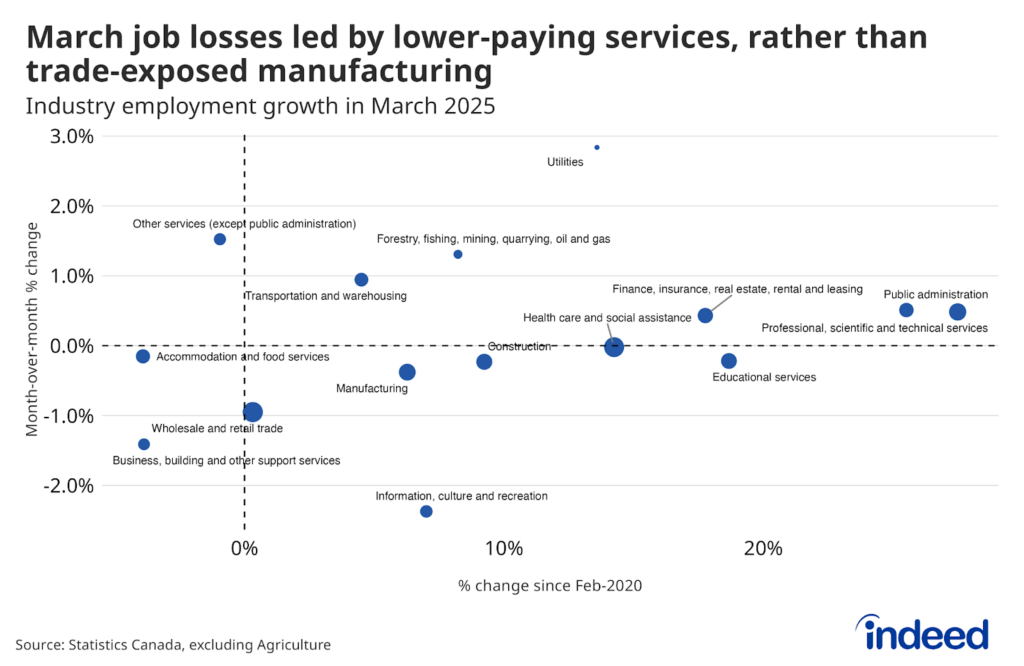The Canadian labour market hasn’t returned to full health, but several indicators of employer demand are firing on all cylinders. The job vacancy rate surged during the second quarter, and the share of independent businesses reporting labour shortage constraints hit new highs in August, according to the Canadian Federation of Businesses. However, missing so far from what appears to be a tighter hiring environment is a pickup in wage growth.
Statistics Canada’s two main employment surveys, the Labour Force Survey (LFS), as well as the Survey of Employment, Payrolls, and Hours (SEPH), both provide hourly wage metrics that also aim to control for the influences that shifts in job mix have on average wages levels. Neither has grown particularly fast as of late. The fixed-weight hourly wage index in SEPH was up 2.4% from a year earlier in July, while in the LFS it was up just 1.8% in August. Both growth rates were slower than where they were to start the year, with the LFS metric looking particularly sluggish compared to its pre-pandemic pace.
Several factors can potentially help explain why wage growth hasn’t accelerated amid other signs of strong labour demand:
- Both LFS and SEPH wage metrics grew at a fairly strong pace in 2020, despite the economic upheaval of the pandemic, possibly weighing on growth this year.
- Ongoing uncertainty surrounding the pandemic, as well as government support policies including expanded jobless benefits, and business supports, might incent some employers to hold off on raising wages until there’s more clarity moving forward.
- Even with strong hiring appetite, the still elevated unemployment rate, along with, until recently, limited levels of job switching, have reduced the pressure on employers to raise pay.
So far, wage growth has been muted in 2021, while the labour market situation has improved, and job postings have surged. The question going forward is whether either of these key trends change their trajectory, as the immense economic shock from the onset of the pandemic last spring recedes.






